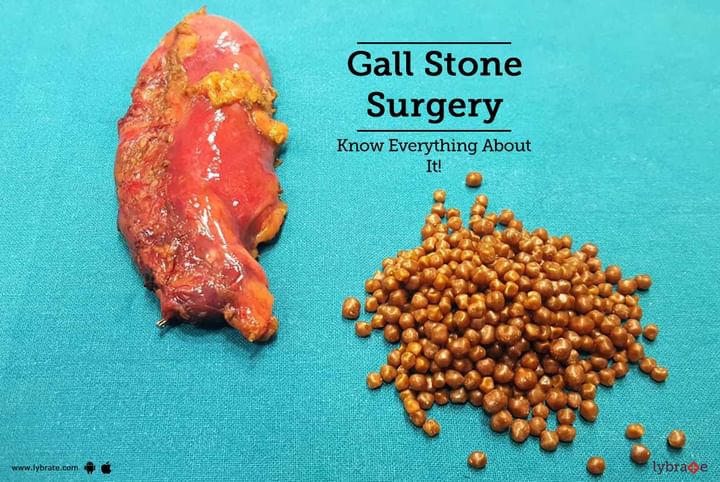Gall Stone Surgery - Know Everything About It!
What is gallstone surgery?
It is a surgical removal of the gallstone from the gallbladder. It is also known as cholelithotomy.
What are the Statistics of the surgery?
Approximately 90% of patients who seek treatment undergo a surgery to remove the stones and the gallbladder.
What is the role of gallstone surgery?
Gallstones which are asymptomatic generally don’t need surgical removal. Treatment depends on the size and location of the gallstones. Surgery to remove the entire gallbladder with all its stones is usually the best treatment, and it is done in patients who can tolerate the procedure.
What are the indications for gallstone surgery?
Indications for gallstone surgery are as follows:
- Stone lodged in the pancreatic duct
- If the stone is causing severe pain, vomiting
- Chronically obliterated cystic duct due to gallstone
- Nonfunctioning gallbladder due to obstruction
- Calculi greater than 3 cm in diameter
- Acute infection of gallbladder (acute cholecystitis) due to gallbladder obstruction
- Chronic infection of gallbladder due to gallbladder obstruction
How is the surgery performed?
The following surgeries are done in patients who are found to have cholelithiasis and choledocholithiasis:
- Extracorporeal shock wave lithotripsy: A special machine which generates sound waves is used to break the stone. It is only done in the people who are having a small, and soft stone. This procedure doesn’t require any anesthesia, and repeated shock wave therapy is required for complete removal.
- Laparoscopic cholecystectomy: It is a procedure where a laparoscope (a small, thin tube) is put inside the body through a tiny incision made just below the umbilicus, and another probe is inserted to remove the stone.
- Open gallbladder surgery: It is done to remove the gallbladder when it is infected, or inflamed, or has large gallstones, or when complications are found during laparoscopic surgery.
- Percutaneous cholecystostomy guided by computed tomography (CT), or ultrasonography (USG) to remove the gallbladder.
- Contact dissolution of gallstone can be done where direct catheter of a chemical solvent is introduced by the percutaneous way. It is best for cholesterol stone and, is best at removing any size of the stone.
- Endoscopic retrograde cholangiopancreatoscopy (ERCP) is used to remove the stones which are in bile duct through the mouth, throat, esophagus, stomach, duodenum, and biliary system without any surgical incisions.
What are the complications of surgery?
Following are the most common complications of surgery:
- Bile leakage leading to biliary peritonitis
- Infection of gallbladder due to improper aseptic precautions
- Abscess formation around the gallbladder, or over adjacent structures
- Death due to rapidly spreading peritonitis causing septicemia
- Raised liver enzymes, jaundice, and severe pain
In case you have a concern or query you can always consult an expert & get answers to your questions!



+1.svg)
